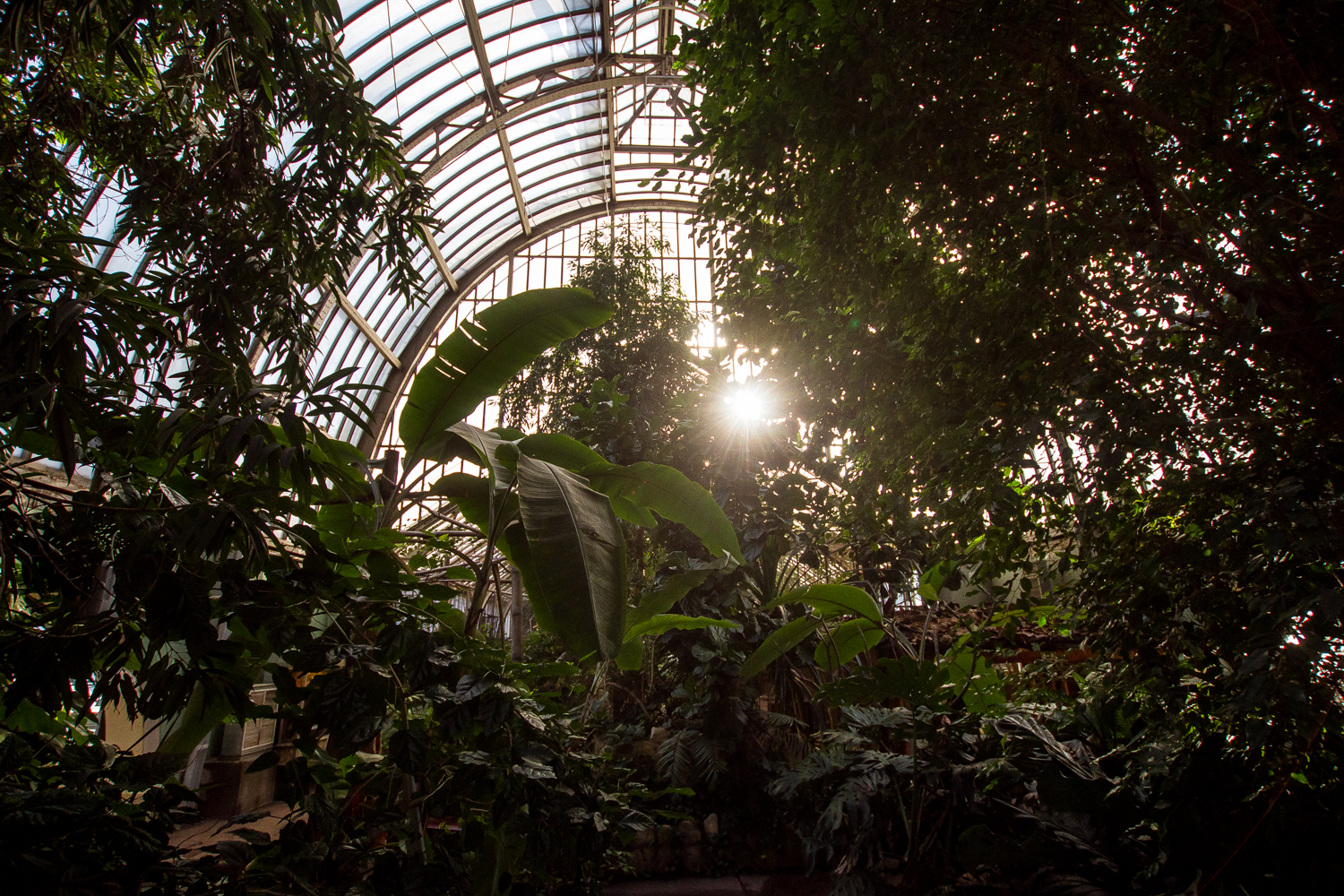Occupying a large corner of the Hungarian capital’s spacious City Park, the wonderful Budapest Zoo is a year-round attraction of intriguing wildlife from around the world, often housed in architecturally significant historic structures. Among them, the century-old Palm House is a perfect place for anyone craving a hot and humid hangout at any time of year, as this artificially tropical urban oasis contains a dreamy collection of luscious flora and intriguing fauna, including one of the zoo’s newest additions – a cute baby sloth born just before Christmas.
Enveloped by an unusual ethereal silence in wintertime, the Budapest Zoo presents a very different picture at this time of year than what most of us are used to. The zoo’s central Great Lake is often covered in ice and snow, and almost completely deserted aside from a few adventurous pelicans and grey herons milling around the slippery terrain. The lake attracts big flocks of airborne guests like cormorants, ducks, and gulls in the colder months as well. One of the most stunning buildings in the garden, the Palm House, stands on the shore of this artificial lake, originally created in 1866 according to the plans of Hungarian architect and engineer Ferenc Reitter.
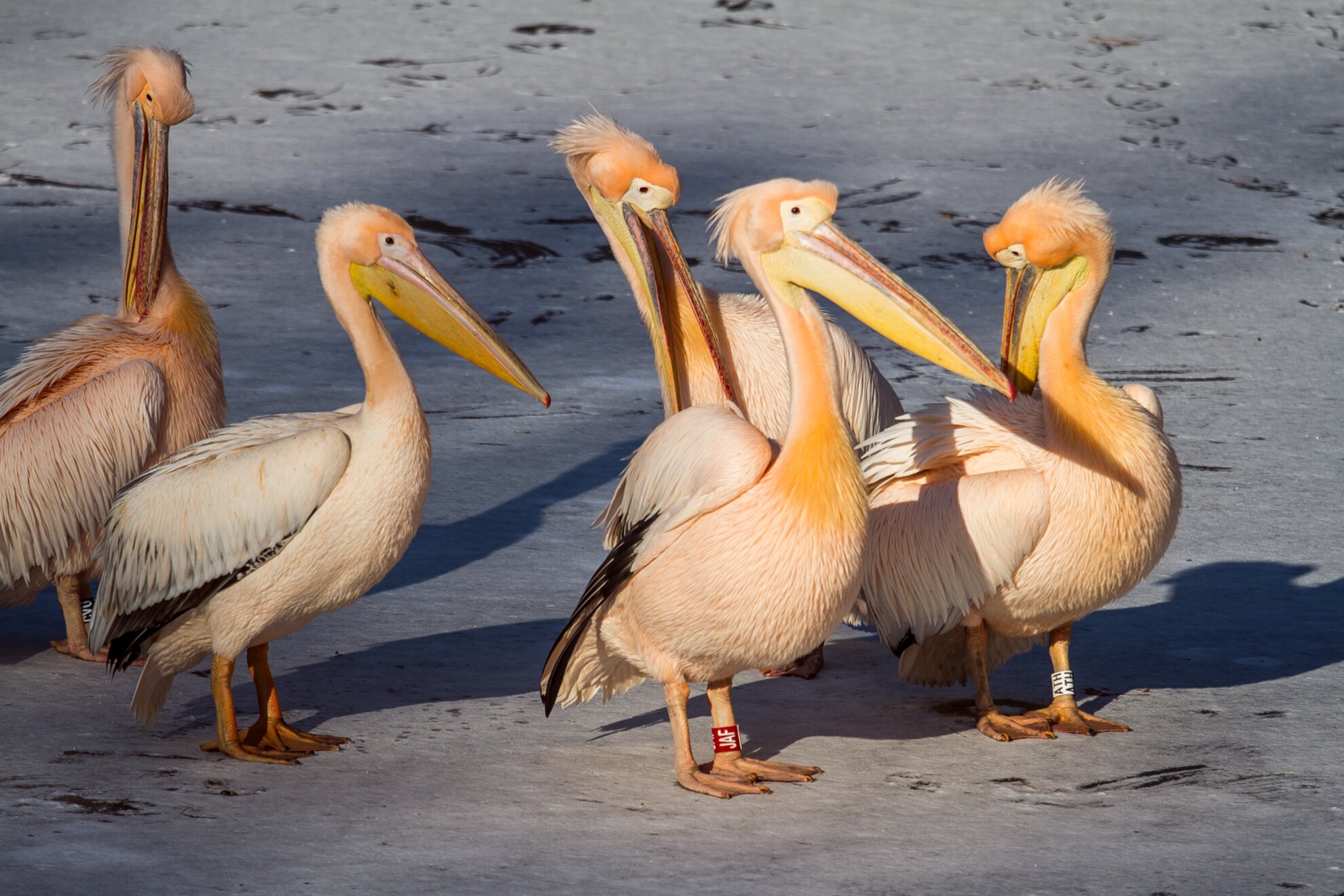
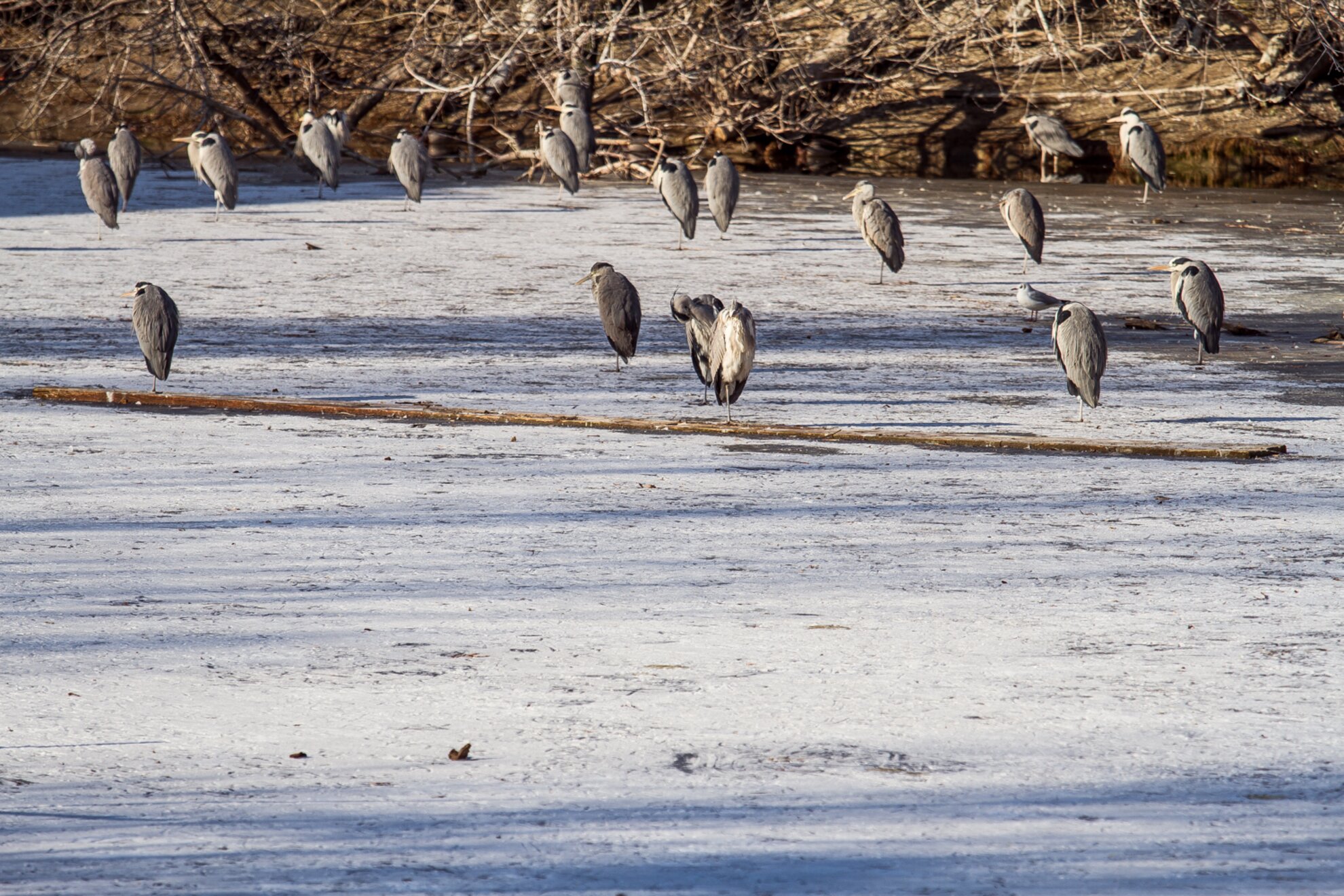
The intricate glass building was originally supposed to be erected on Gellért Hill, but when Budapest Zoo went through a major renovation at the beginning of the 20th century, the plans were integrated into the new layout. Built between 1909 and 1912, the steel-structured Palm House was designed by Gyula Végh, with the botanical plans drawn up by Károly Räde and Keresztély Ilsemann. Covered with glass panels on all sides, the grand edifice comprises a main hall and three side halls each to the left and to the right. Much of the zoo was hit hard during World War II, and the Palm House was not spared either – only the metal skeleton survived. Reopened in 1952, the building was modernized to eliminate the structural damage caused by the humid climate inside. From 1991, a nine-year construction project began to create an atmosphere suitable for maintaining tropical plants and animals. The house received a new theme in 2011-2012, being transformed into a habitat for species from the American tropical regions. The house is also connected to a basement aquarium.
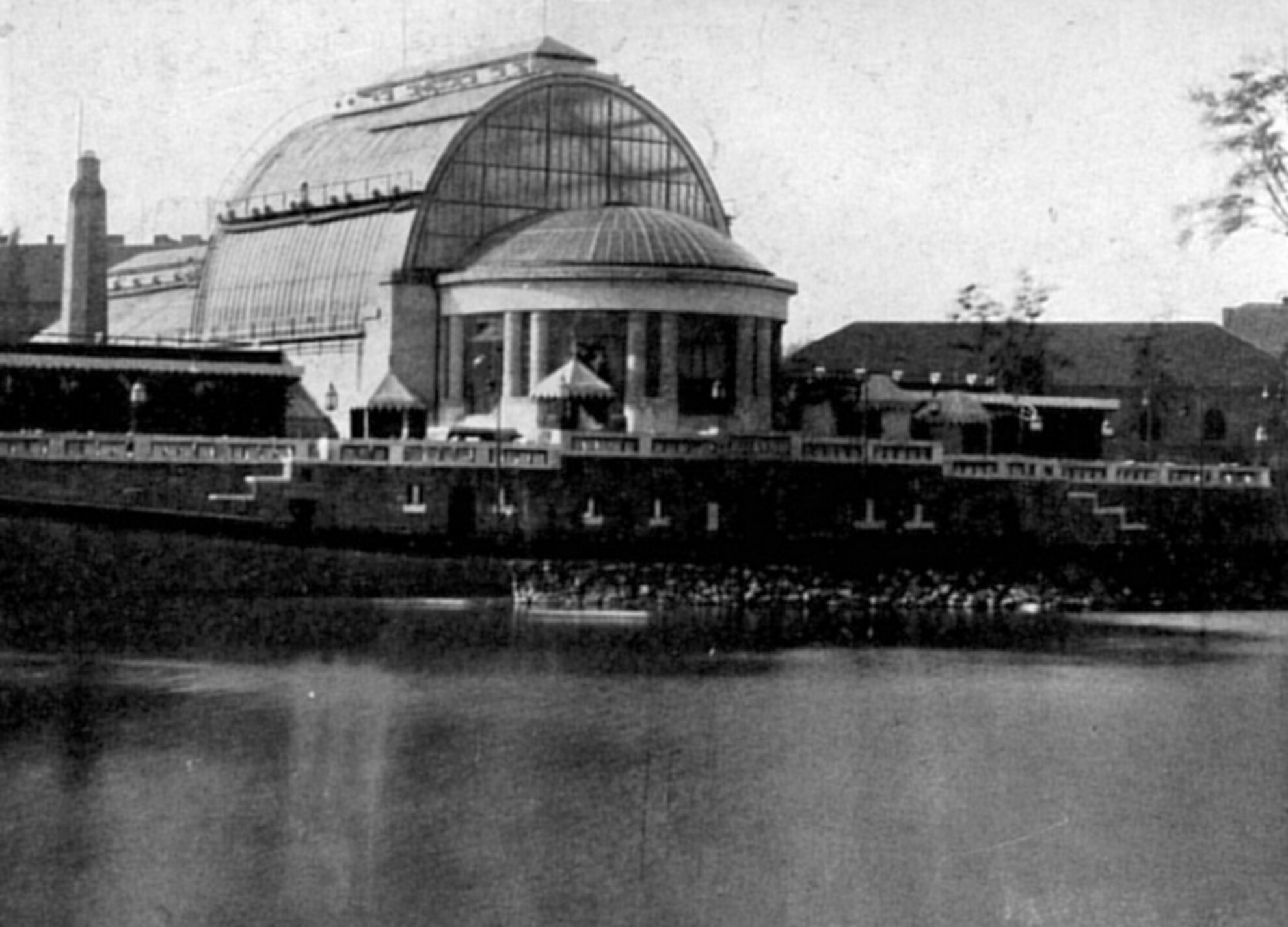
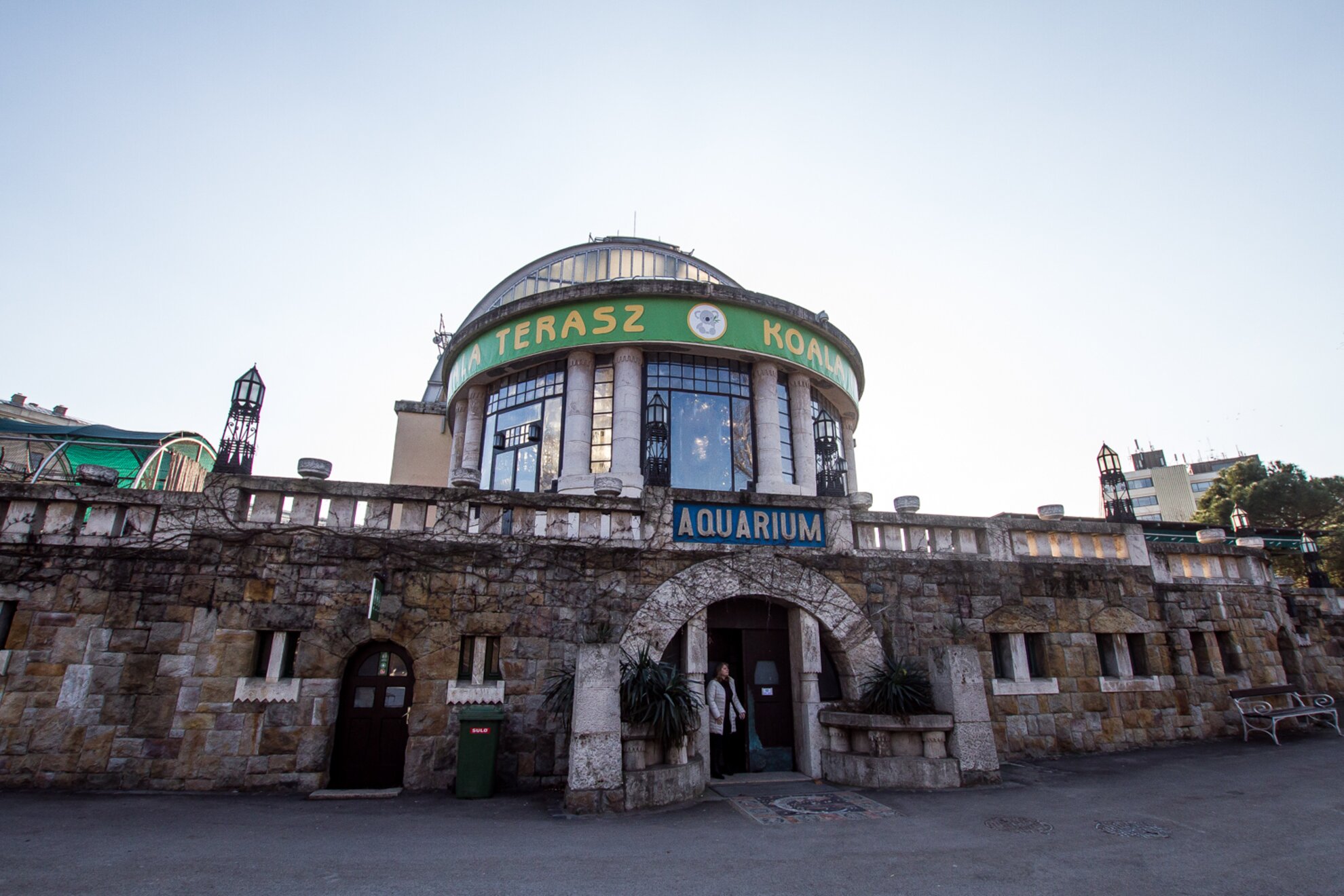
Visitors have several options to explore the building: they can either take a circular tour and then proceed to the separate wings, or take a look at everything starting at one end and walk all the way to the other. Traversing the various corridors, you can learn a lot about the native flora and fauna of the Iguazú and Manú National Parks, Amazonia, the Orinoco estuary, the Caribbean, the Okefenokee Swamp, and the Chihuahua Desert.During our recent visit, the sloths were kept in a fenced space, but you can normally observe them up close. We could have spent hours watching the lively community of these lazy furballs – especially the tiny baby sloth – alongside the rambunctious monkeys. When you can’t handle the humidity of this area anymore, head over to the much hotter and drier desert hall to hang out with the adorable armadillos.The underground aquarium is accessible from inside the building through a flight of stairs, which can be quite handy if it’s not too pleasant outside. When you get bored of the tropical experience (impossible), you can settle down on a bench and admire the pretty sea creatures and freshwater fish. There are no sharks here, but you’ll find a bunch of cool rays and big catfish.The luxuriant, rare plants make their way to all corners of the Palm House, and the building’s every detail – from the structure and doors to the various decorations – is very much worth your attention. After a few hours of soaking up the heat and the good vibes, stepping outside into the cold winter air won’t even feel that horrible. If you don’t have time to explore the entire zoo (you’re seriously missing out), one thing you should definitely do is visit the charming prairie dogs – these littlefatties have put on quite a lot of weight in preparation for winter.
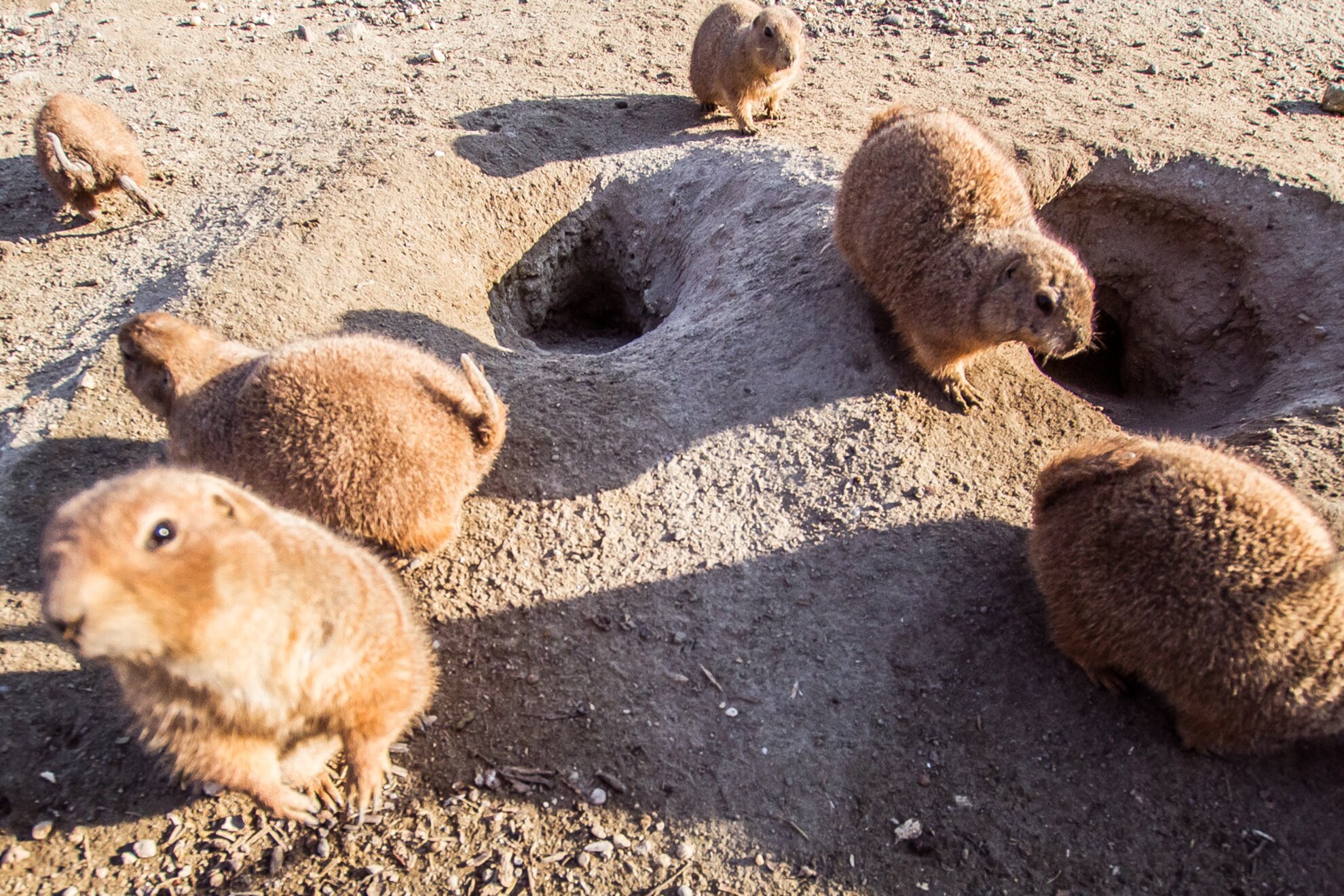
We look forward to visiting the Budapest Zoo again during the warmer months ahead, but for now it’s nice to remember that the animals there offer a warm welcome all year long.
